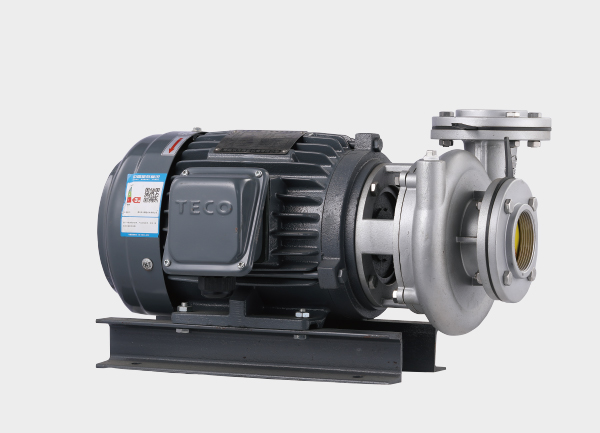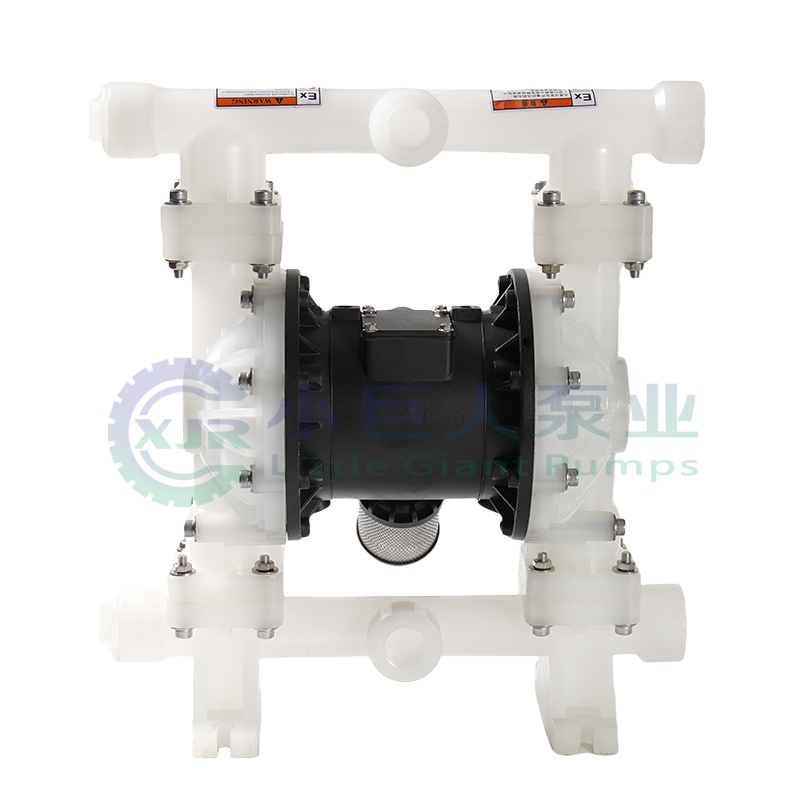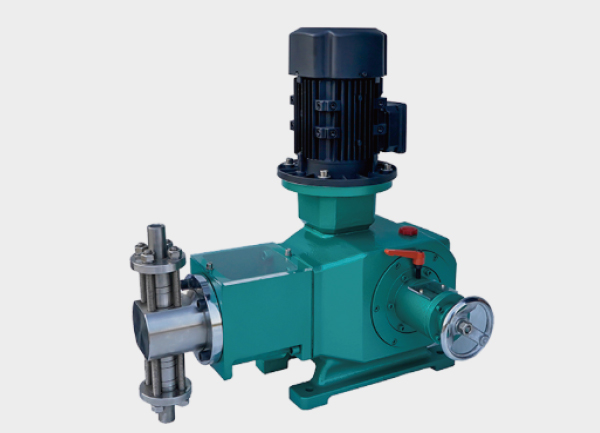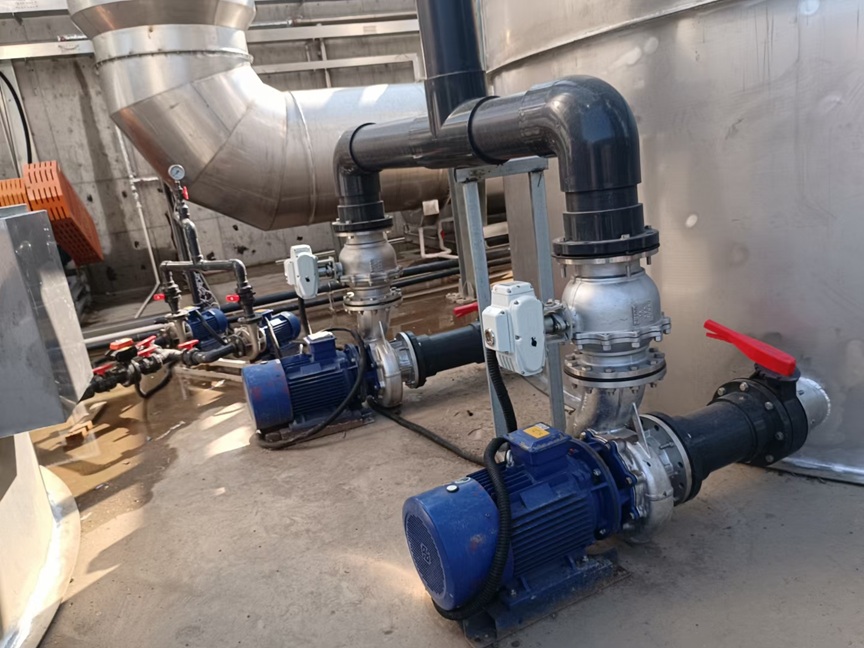Industrial wastewater treatment is no longer just about meeting discharge standards—it’s about precisely matching water characteristics, recovering resources, and achieving sustainable water reuse.
Different industries generate wastewater with unique compositions and concentrations, requiring customized filtration processes and material selections.
This article provides a detailed overview of eight major industrial sectors, explaining filtration technologies, engineering standards, and real-world performance outcomes.
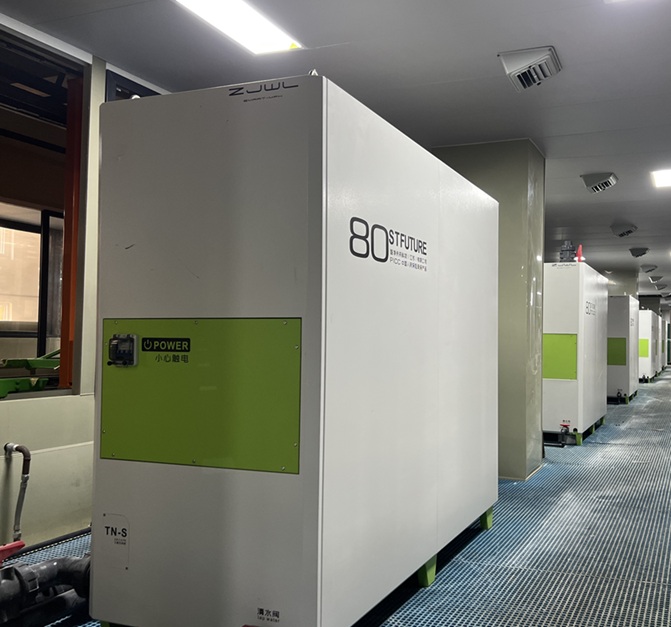
1. Petrochemical Industry: Comprehensive Impurity Control and Resource Recovery
1.1 Oily Wastewater Treatment
Pretreatment:
A combination of dissolved air flotation (DAF) and ultrafiltration (UF) efficiently removes oil and suspended solids.
DAF eliminates free oil (≥50 μm), while modified PVDF UF membranes (0.03–0.1 μm) capture emulsified oil and colloids, reducing oil content to ≤5 mg/L.
Case Example: A refinery reused treated oily wastewater in its cooling system, achieving an 85% reuse rate.Advanced Treatment:
Disc Tube Reverse Osmosis (DTRO) achieves ≥98% desalination, reducing TDS from 30,000 mg/L to 150,000 mg/L. The permeate meets boiler feedwater standards.
1.2 Chemical Process Wastewater
Fine Chemical Wastewater:
Ozone catalytic oxidation + Membrane Bioreactor (MBR) effectively removes refractory organic compounds.
COD removal ≥90%, effluent COD ≤50 mg/L.Catalyst Recovery:
Sintered metal filter elements (1–5 μm) recover >99% of catalyst particles, extending catalyst life and minimizing solid waste.
2. Electronics & Semiconductor Industry: Nanometer-Grade Water Purification
2.1 Wafer Cutting Wastewater
Treatment Process:
Multi-stage filtration + Reverse Osmosis (RO).
Quartz sand filters (5–10 μm) remove coarse particles, activated carbon adsorbs chlorine, and RO membranes (≥99.7% salt rejection) lower conductivity to ≤10 μS/cm.
Result: Zero-liquid discharge achieved, saving over 100,000 tons of water annually.Grinding Slurry Recovery:
Ceramic ultrafiltration membranes (50–100 kDa) separate silicon particles and cutting fluid; silicon purity ≥99.9%, fluid recovery ≥90%.
2.2 Photoresist Wastewater
Fenton oxidation + Ultrafiltration using PES membranes (0.1–0.2 μm) decompose high-molecular organic matter.
COD removal ≥85%, effluent meets semiconductor reuse standards.
3. Food & Beverage Industry: Hygienic Filtration and Resource Regeneration
3.1 Brewery Wastewater
Spent Grain Separation:
Plate-and-frame filter press (1–5 μm) achieves ≥98% solid-liquid separation.Biochemical Treatment:
Hydrolytic acidification + contact oxidation reduces COD from 8,000 mg/L to ≤100 mg/L.Bottle Washing Water Reuse:
Sand filtration + Activated carbon + Ultrafiltration lowers turbidity to ≤0.5 NTU, enabling 60% water reuse.
3.2 Dairy Wastewater
Ultrafiltration (10–30 kDa) concentrates whey protein to ≥35%, while removing lactose and minerals.
COD reduced by 90%; recovered protein powder reused in feed or food additives.UASB + Aerobic treatment lowers effluent COD to ≤50 mg/L, meeting GB 8978-1996 Class I standards.
4. Pharmaceutical Industry: GMP Compliance and Pollutant Degradation
4.1 Biopharmaceutical Wastewater
Depth filtration (glass fiber + diatomite) + Ultrafiltration (0.01–0.03 μm) removes mycelium and viruses.
Virus removal ≥99.9%, protein recovery ≥80%.Antibiotic wastewater treated by Hydrolytic acidification + SBR removes ≥95% COD, ammonia ≤5 mg/L.
4.2 Chemical Synthesis Wastewater
Multi-effect evaporation + Crystallization concentrates high-salinity wastewater (TDS ≥200,000 mg/L).
Crystallized salts reused as industrial raw materials; condensate recycled—achieving zero liquid discharge (ZLD).
5. Metallurgical Industry: Heavy Metal Removal and Resource Recycling
5.1 Steel Pickling Wastewater
Diffusion dialysis + Reverse Osmosis separates H⁺ and Fe²⁺; recovered HCl (≥18%) reused in pickling, while Fe²⁺ oxidized into Fe₃O₄ magnetic powder.
Water reuse ≥90%.Chromium wastewater treated via ion exchange + RO; heavy metals ≤ limits of GB 21900-2008.
5.2 Mine Acidic Wastewater
Sulfide precipitation + Neutralization + Sand filtration (5–10 μm) removes heavy metals such as Cu²⁺ and Pb²⁺.
Final effluent heavy metal ≤0.1 mg/L, meeting GB 8978-1996 Class I standards.
6. Textile & Dyeing Industry: Decolorization and Reuse of Dyestuff & Salts
6.1 Dye Wastewater Decolorization
Ozone oxidation + Biochar filtration removes ≥95% of color and ≥80% COD.
Ultrafiltration + Nanofiltration (200–1,000 Da) separates dyes and salts; dye rejection ≥98%, salt permeation ≥70%.
6.2 Desizing Wastewater Treatment
Enzymatic hydrolysis + Coagulation sedimentation + A²/O process (anaerobic–anoxic–aerobic) reduces COD from 10,000 mg/L to ≤50 mg/L, complying with GB 4287-2012 standards.
7. Power Industry: Circulating Water Purification and Zero-Discharge Management
7.1 Cooling Water Blowdown
RO + Electrodialysis (ED) combination achieves ≥90% water recovery.
Fiber-ball filtration (1–5 μm) + Ozone disinfection lowers turbidity ≤1 NTU and bacteria ≤100 CFU/mL.
7.2 Desulfurization Wastewater
Lime–Gypsum process + Bag filtration (1–10 μm) removes heavy metals; effluent ≤0.1 mg/L, meeting GB 13223-2011 standards.
8. Technical Design, Material Selection, and Compliance Standards
8.1 Key Design Parameters
| Parameter | Typical Range | Description |
|---|---|---|
| Filtration precision | 0.01–50 μm | From pretreatment to ultrapure water production |
| Filter material | PP / PTFE / 316L / Ceramic | Based on pH and temperature conditions |
| Backwash intensity | 8–15 L/(m²·s) | Air-water combined backwash to restore performance |
8.2 Major Industry Standards
Petrochemical: GB 31570-2015
Semiconductor: GB 39731-2020
Pharmaceutical: GB 21904-2008
Engineering specification: HJ2008-2010 “Technical Code for Wastewater Filtration Engineering”
8.3 Smart Filtration Trends
IoT-based Monitoring: Real-time tracking of COD, ammonia nitrogen, turbidity, pressure difference, and flow for early warning and remote control.
AI Optimization: Machine learning predicts membrane fouling, adjusts cleaning cycles, and reduces energy consumption by over 30%.
9. Case Studies and Economic Benefits
| Industry | Process Route | Results & Benefits |
|---|---|---|
| Petrochemical wastewater reuse | DAF + UF + RO | Oil content reduced from 300 mg/L to ≤2 mg/L; reuse rate 90%; saves 1.5 million tons of water/year; >¥30M annual benefit |
| Semiconductor ultrapure water system | Multimedia + RO + EDI + Final Filtration | Resistivity 18.2 MΩ·cm; particles (≥0.1 μm) ≤0.1/mL; meets EUV lithography standard; reduces wastewater by 500,000 tons/year |
| Brewery wastewater reuse | Filter press + Hydrolytic acidification + Contact oxidation | COD reduced from 8,000 mg/L to ≤80 mg/L; reuse rate 60%; saves ¥12M/year; sludge reduced 50% |
Conclusion
The success of industrial wastewater filtration lies in matching the right process to the specific water characteristics.
Through the integration of membrane technology, biological treatment, and intelligent control, industries can not only ensure regulatory compliance but also achieve significant environmental and economic gains.
As industrial filtration systems evolve, the focus is shifting toward high efficiency, digitalization, and sustainable water reuse, driving the next generation of green manufacturing.


